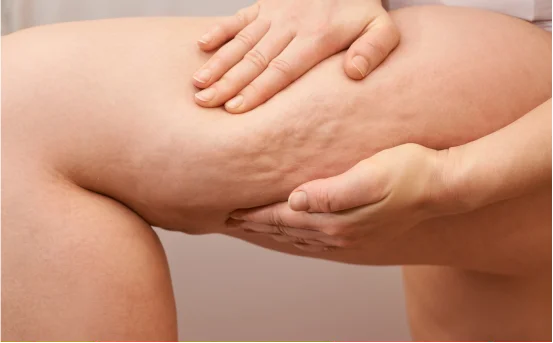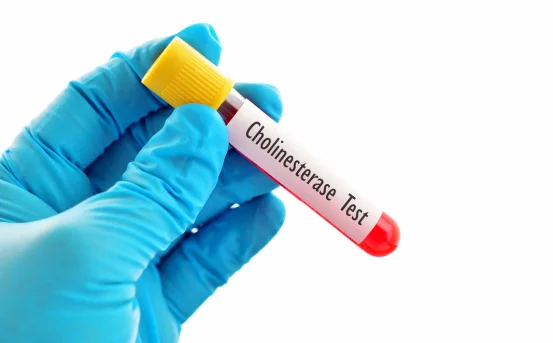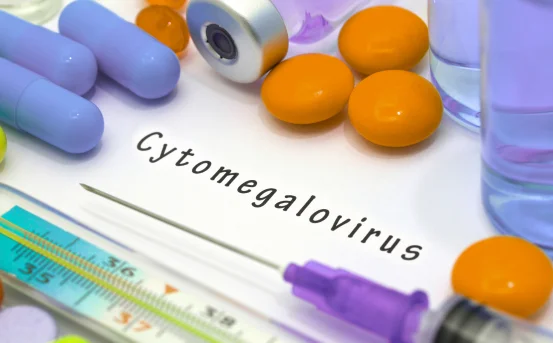Symptoms of thigh lift surgery, also known as thighplasty, is a popular cosmetic procedure aimed at reshaping and tightening the thighs by removing excess skin and fat. Whether caused by significant weight loss, aging, or genetic factors, sagging skin around the thighs can be bothersome for many individuals. Thigh lift surgery offers a long-term solution, resulting in smoother, more contoured legs. However, like any surgical procedure, it’s crucial to understand what symptoms and side effects may occur after the operation.
However, as with any surgical procedure, recovery from a thigh lift involves a series of post-operative symptoms and side effects that can vary in intensity and duration. These symptoms are typically temporary and part of your body’s natural healing process. Understanding what’s normal and what’s not can help you feel more in control, reduce anxiety, and ensure a smoother recovery.
What Is Thigh Lift Surgery?
Thigh lift surgery is a body contouring procedure designed to remove loose, sagging skin and sometimes excess fat from the thighs. The procedure is commonly performed on the inner thighs (medial thigh lift) or the outer thighs (lateral thigh lift).
This surgery is especially beneficial for individuals who have :-
-
Lost a significant amount of weight
-
Experienced aging-related skin laxity
-
Developed stubborn fat and loose skin around the thighs
Understanding the Recovery Process
Before diving into the symptoms, it’s essential to understand that thigh lift recovery is a gradual process. Recovery times may vary based on the individual’s health, the extent of the procedure, and adherence to post-operative care instructions.
Most patients can resume light activity within 2–3 weeks, but full recovery and final results may take several months. During this period, certain symptoms are expected as part of the natural healing process.
Common Symptoms of Thigh Lift Surgery
Here are the typical symptoms patients experience after thigh lift surgery, along with explanations and tips on how to manage them :-
Swelling
Swelling is the most common symptom after thighplasty and typically peaks within the first few days post-surgery. It is your body’s natural response to the trauma caused by surgery.
How to Manage :-
-
Wear your compression garments as directed
-
Elevate your legs when sitting or lying down
-
Avoid strenuous activity
-
Follow your surgeon’s guidelines closely
Swelling gradually subsides over a few weeks but may linger for several months in some cases.
Bruising and Discoloration
Bruising on the inner or outer thighs is another normal side effect. The skin may appear purplish or dark red shortly after surgery.
How to Manage :-
-
Apply cold compresses (if approved by your surgeon)
-
Rest and avoid trauma to the area
-
Stay hydrated
Bruising usually fades within 10–14 days, and full skin tone returns to normal afterward.
Pain and Discomfort
Mild to moderate pain is expected in the first few days. The discomfort usually subsides with prescribed pain medication and rest.
Symptoms may include :-
-
Tightness around the thighs
-
Soreness when moving
-
Sensitivity around the incision area
How to Manage :-
-
Take prescribed painkillers as directed
-
Avoid stretching or bending the thighs excessively
-
Use a pillow to support your legs while resting
Numbness or Tingling
Some patients report temporary numbness or tingling around the thighs or incision site. This happens because small sensory nerves are affected during the surgery.
How to Manage :-
-
This usually resolves within a few weeks to months
-
Gentle massages (with your surgeon’s approval) can help
-
Avoid tight clothing that could irritate nerve endings
If numbness persists beyond 3 months, inform your surgeon.
Tightness or Restricted Movement
Due to skin removal and internal sutures, you might feel a sense of tightness or difficulty stretching your legs fully. This is especially common in the first 2–4 weeks.
How to Manage :-
-
Follow post-operative stretching guidelines
-
Avoid vigorous leg exercises until cleared by your doctor
-
Attend physical therapy if recommended
This tightness gradually improves with time and movement.
Itching Around Incisions
As your incisions begin to heal, itching is a very common symptom. It’s a sign that the skin and tissues are regenerating.
How to Manage :-
-
Do not scratch the incision area
-
Use soothing creams or moisturizers (only if approved)
-
Wear soft, breathable clothing
Persistent or intense itching could indicate a mild allergy to sutures or dressings—consult your doctor if needed.
Scarring
Scars are inevitable in any surgery, but the severity varies by individual. Most thigh lift scars are placed in hidden areas, such as the groin crease or along the inner thigh.
How to Manage :-
-
Use silicone gel or scar-reducing creams after incisions heal
-
Avoid sun exposure to the scar area
-
Follow your surgeon’s aftercare instructions carefully
Scars usually fade over 6–12 months and become less noticeable.
Drainage or Fluid Build-Up (Seroma)
Some patients may experience fluid drainage from surgical sites or develop seromas (pockets of clear fluid).
How to Manage :-
-
Surgeons may place temporary drains to prevent fluid accumulation
-
Keep the area clean and dry
-
Monitor for signs of infection (redness, foul odor, or fever)
Seromas may resolve on their own or may need to be drained by your doctor.
Fatigue and Low Energy
Feeling tired or fatigued after thigh lift surgery is completely normal. Your body uses a lot of energy to heal tissues, regulate swelling, and manage pain.
How to Manage :-
-
Get plenty of rest and avoid overexertion
-
Eat a high-protein, balanced diet to promote healing
-
Stay hydrated
Your energy levels will gradually return within 2–3 weeks.
Symptoms That Require Medical Attention
While most symptoms are mild and temporary, certain signs indicate possible complications and require prompt medical attention :-
-
Excessive bleeding from incision sites
-
Signs of infection (pus, foul smell, increased redness, or fever)
-
Severe pain that does not respond to medication
-
Sudden swelling in one leg (may indicate a blood clot)
-
Difficulty breathing or chest pain (could signal a serious complication)
If you experience any of the above, contact your surgeon or go to the emergency room immediately.
Tips for a Smooth Recovery
To minimize symptoms and ensure optimal healing, follow these essential tips :-
-
Wear compression garments as instructed
-
Avoid smoking, which delays wound healing
-
Follow a healthy diet to support tissue repair
-
Avoid strenuous activities or lifting heavy objects
-
Attend all follow-up appointments for proper monitoring
A dedicated post-operative routine can make a significant difference in your recovery journey.
Conclusion
Understanding the symptoms after thigh lift surgery helps you prepare both mentally and physically for a smooth recovery. Most post-surgical symptoms like swelling, bruising, and discomfort—are temporary and manageable with proper care. While some issues like scarring or tightness are common, they typically improve over time with healing and supportive treatments.























